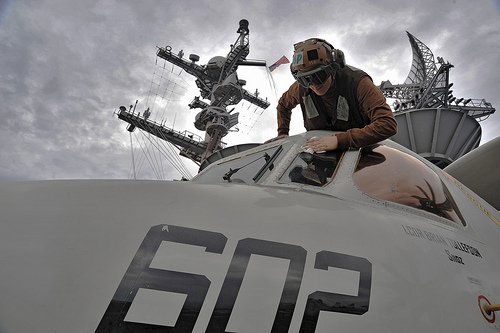This week, the Australian Government released its latest ‘White Paper’, outlining the nation’s defence strategy for the next two decades.
 The White Paper aims to return Australia’s defence spending to 2 percent of GDP by 2020-21, providing an investment of approximately $195 billion over 10 years. Many will be pleased to hear the government’s commitment to return the budget to 2 percent of GDP after the Gillard Government’s slashing of defence spending in 2012, reducing it to an historic low of 1.56 percent.
The White Paper aims to return Australia’s defence spending to 2 percent of GDP by 2020-21, providing an investment of approximately $195 billion over 10 years. Many will be pleased to hear the government’s commitment to return the budget to 2 percent of GDP after the Gillard Government’s slashing of defence spending in 2012, reducing it to an historic low of 1.56 percent.
The White Paper states that there will be a re-posturing of Australia’s defence to one that is “more active and internationally engaged.”
Above all, the new defence strategy focuses on boosting Australia’s maritime capability. With the three new Hobart Class destroyers on their way, the government is proposing to increasing our submarine fleet from 6 to 12 as well as commissioning nine new ‘future frigates’. While this step represents a needed boost to Australia’s naval capability, some defence analysts have expressed concerns that the boost to the Navy will come at a cost to the other divisions, especially the Australian Army’s land forces.
The Asia-Pacific region is expected to experience significant population and economic growth over the coming decades, and with it, no doubt, a range of new strategic challenges.
The ongoing problem of terrorism, disputed territories of the South and East China seas and the increasing tensions and militarisation of this zone means it is important for Australia to have the capability to protect our national interests as well as playing a key role in maintaining stability and peace in our region.
From this early point, it appears that the White Paper takes a step in the right direction regarding Australia’s strategic and defence needs.
Photo by DVIDSHUB 









